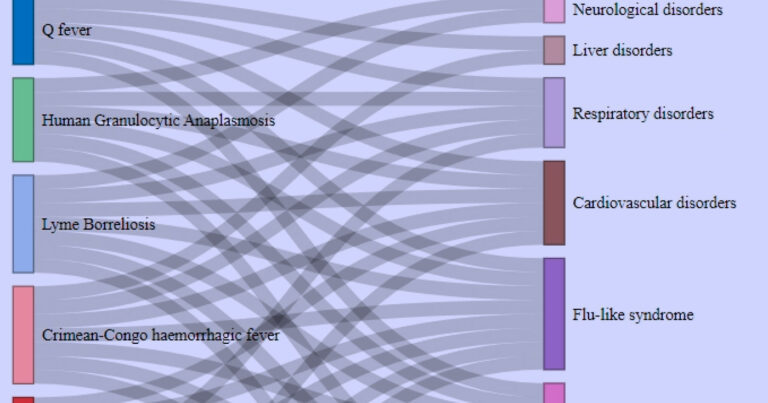Why so many Lyme disease patients slip through the cracks in our health-care system — and how we can prevent it
22% of patients with early Lyme need more treatment months later, but the vast majority don’t get it, U.S. study suggests.
Insert HTML here

22% of patients with early Lyme need more treatment months later, but the vast majority don’t get it, U.S. study suggests.

Ontario physicians call for heightened awareness after treating rare case of anaplasmosis.

Diagnoses should be more than just a laboratory test result.

Top U.S. experts warn of an ‘urgent need to identify and develop safe and effective treatments.’

There’s a stubborn lack of significant change in Canada regarding the diagnosis and treatment of Lyme disease.

Presentation to pathology staff and trainees at Ontario Forensic Pathology Services in Toronto.

Health-care professionals often don’t listen to their female patients, researchers say.

‘Future large-scale prospective studies are warranted,’ authors say.

Mapping of disease-causing ticks is ‘currently insufficient,’ new report says.

Lyme is widely recognized as an underreported illness. For example, a 2015 American study shows cases in the U.S. were likely 10 times higher than reported. The authors wanted to see whether a similar gap exists in Manitoba.

While the current numbers likely underrepresent the number of people living with Lyme disease in Canada, it is still important to note that even with passive surveillance, the number of cases per year has increased, showing the need for more accurate surveillance methods as well as public health initiatives for prevention and early detection and treatment.

Every year more Canadian health care practitioners are realizing the importance of tick borne and other chronic infections and more are attending conferences such as ILADS.

Animal models of the disease show that persistent symptoms may be due to an interplay between persistent infection, immune dysfunction and changes to neural networks. Co-infection with other pathogens might also be at play.

Prevention and the need for better diagnostic tools also recognized by researchers.

By the end of the review, you may discover that you have more in common with the bemused Arthur Dent than you might have expected.